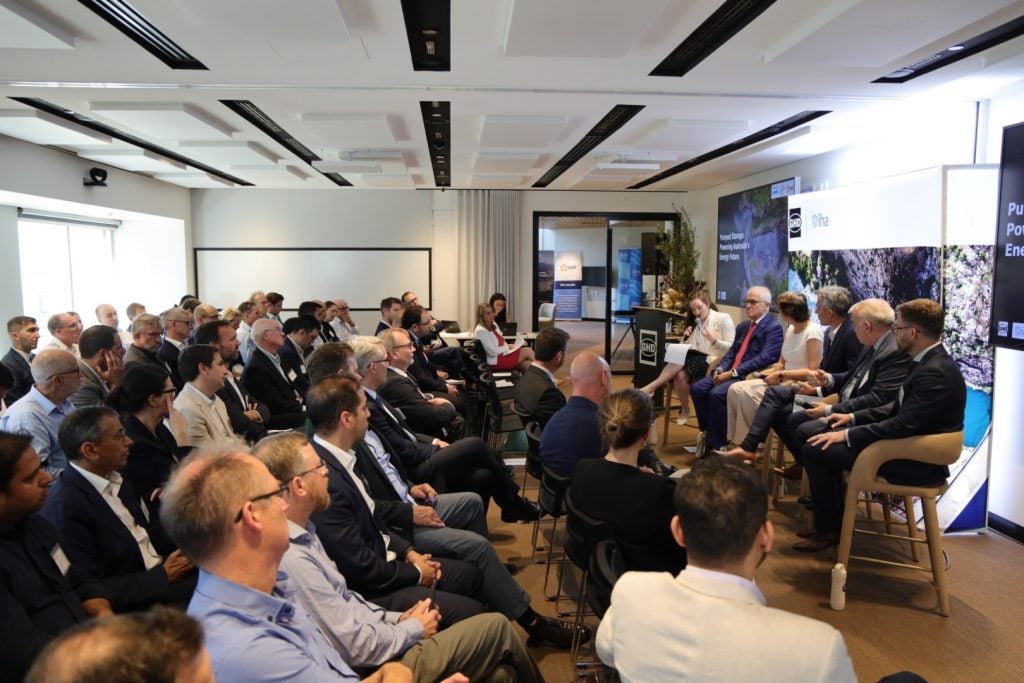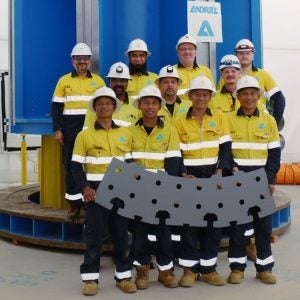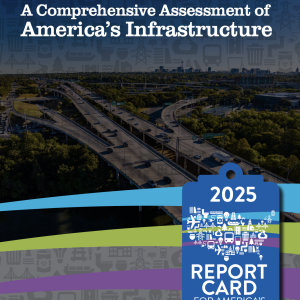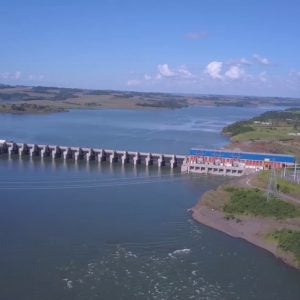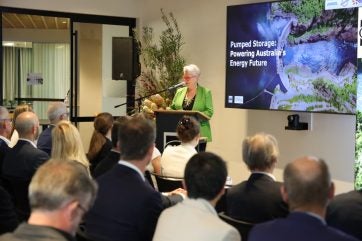
Australia is ramping up efforts to secure a reliable, low-carbon energy system, with pumped storage hydropower taking center stage. At the Pumped Storage: Powering Australia’s Energy Future event, New South Wales Minister for Energy Penny Sharpe highlighted the need for long-duration energy storage to support the transition to renewables and ensure grid stability.
“Pumped storage hydropower plays a crucial role in our energy mix – providing reliable electricity without adding to emissions and helping reduce the risks associated with frequent natural disasters. We are determined to power households and industries across the state, and the best way to do that is by backing wind and solar with long-duration storage like Pumped Storage Hydro. This is how we deliver the reliable, sustainable electricity that people expect – but we have to get it right,” Sharpe said.
The event followed AEMO Services’ announcement that its latest NSW Roadmap tender had selected three energy storage projects – two batteries and, for the first time, a pumped storage hydropower project – expanding supported storage capacity to 1.03 GW and 13.79 GWh, exceeding the 1 GW target.
Co-hosted by GHD and the International Hydropower Association (IHA), the event brought together policymakers, industry leaders, and investors to accelerate the adoption of long-duration energy storage. Discussions centered on the need to scale up pumped storage to support Australia’s clean energy transition.
IHA President Malcolm Turnbull underscored the urgency of expanding energy storage: “Australia is rolling out solar and wind power at record rates because it is the cheapest form of new generation. This revolution in clean energy is happening, but we need to move just as quickly to deliver the storage – both short and long duration – to firm these variable renewables and ensure reliability and efficiency when the wind doesn’t blow, and the sun doesn’t shine. The market alone will not deliver this back-up energy, and much more needs to be done if we’re going to incentivise the development of long-duration storage needed to maintain reliability. It’s not a choice between batteries and pumped hydro, we need both, but we need to act now.”
With the transition to renewable energy gaining speed, discussions at the event focused on addressing financial, regulatory, and policy challenges to enable investment in new pumped storage projects.
Helen Barbour-Bourne, GHD’s National Sector Lead for Hydropower, acknowledged the opportunities and challenges: “Despite some hurdles, there’s a vast opportunity for pumped hydro to support our renewable energy future ahead of the hard deadline of coal power station closures. The private sector, backed by government policies, is stepping up, though financing remains a challenge. Together with the IHA, we brought together industry leaders to unlock pumped hydro’s potential for Australia.”
The outcomes of these discussions will be shared with the Queensland and NSW governments as Australia works towards its net-zero commitments.
Industry leaders reinforced the role of pumped hydro in stabilizing Australia’s energy grid. Tammy Chu, Interim Executive General Manager, Construction, Hydro Tasmania and IHA Vice-Chair, highlighted its importance: “Pumped hydro will be a critical part of the future energy technology mix, providing the firming capacity and flexibility to manage fluctuations in demand and keep power supply reliable.”
Anthony Garnaut, CEO of ZEN Energy, stressed the need for efficient deployment: “For the energy transition to run smoothly, we don’t need to develop new technologies so much as to learn how to deploy proven technologies well. One of these old technologies is pumped hydro.”
James Katsikas, CEO of EDF Australia, reiterated the significance of long-duration storage: “These discussions highlight the essential role of pumped hydro in ensuring the reliability and flexibility of Australia’s renewable energy future.”
Queensland Hydro CEO Kieran Cusack also emphasized the benefits: “Pumped hydro energy storage is unquestionably the right technology to support Queensland’s clean energy transition.”
As Australia continues to phase out coal and invest in renewables, stakeholders are pushing for accelerated action on pumped storage hydropower to ensure a stable and sustainable energy future.
